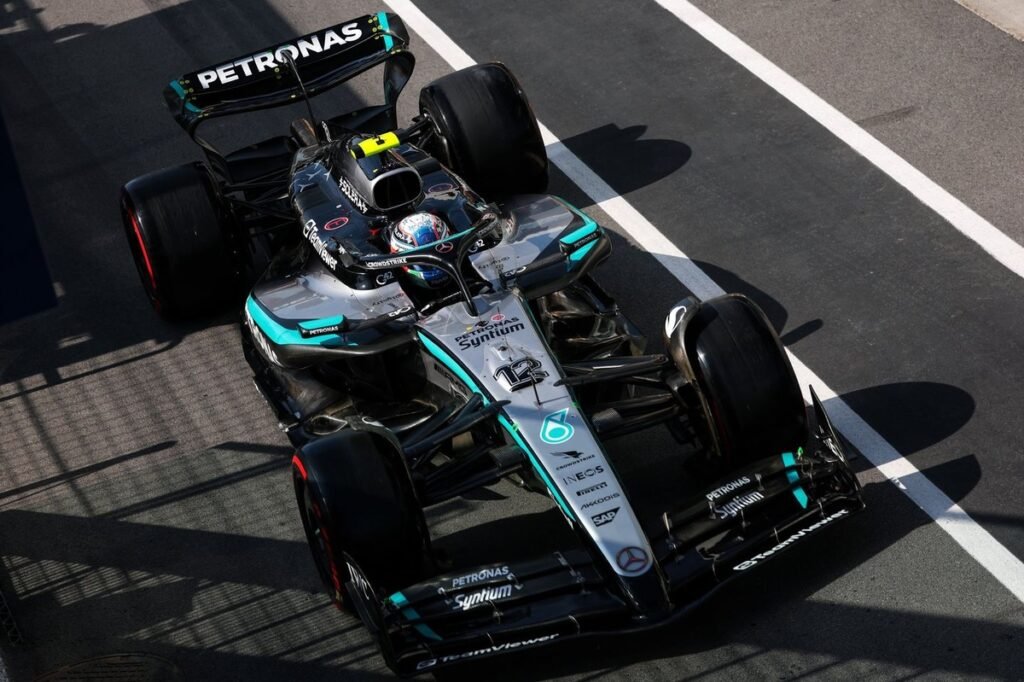Mercedes Revives Rear Suspension Package at Canadian GP
Montreal, Canada – Mercedes reintroduced its revised rear suspension package during the Canadian Grand Prix, aiming to address persistent rear tire surface overheating issues encountered with its W16 Formula 1 car earlier this season.
After a challenging debut at Imola, where performance did not meet expectations, the team opted to temporarily shelve the update for Monaco and Spain to gather comparison data. The return to this geometry in Canada came amid elevated track temperatures, almost hitting 50°C, although the layout of Circuit Gilles Villeneuve, with its fewer high-load corners, helped mitigate potential overheating.
George Russell’s victory and Andrea Kimi Antonelli’s first podium thus far have sparked optimism within the team, although concrete conclusions regarding the efficacy of the new suspension remain elusive. Team Principal Toto Wolff stated, “We brought the new rear geometry for the specific issue of rear surface overheating… [The decision] to take it off for Monaco and Barcelona was the right thing to do.”
Wolff emphasized the complexities of correlation in current regulations, commenting, “There’s never one magic solution that lifts a car from potential to victory, but the data we gather helps us learn.”
Looking ahead, the upcoming Austrian GP presents a significant test for Mercedes’ updated suspension. Temperatures are forecasted to approach 30°C, a scenario that historically exacerbated graining issues and reduced grip, particularly in the rear tires. With Austria’s circuit featuring a mix of corners that challenge tire management, the efficiency of the new suspension in maintaining optimal operating temperatures will be crucial for the team’s performance.
As Mercedes continues to develop its package, the team will utilize the C3-4-5 range of tires, allowing for direct comparisons with last season’s performance metrics. The upcoming race will provide further insights into whether the adaptations are yielding the anticipated results in tire management and overall competitiveness.


